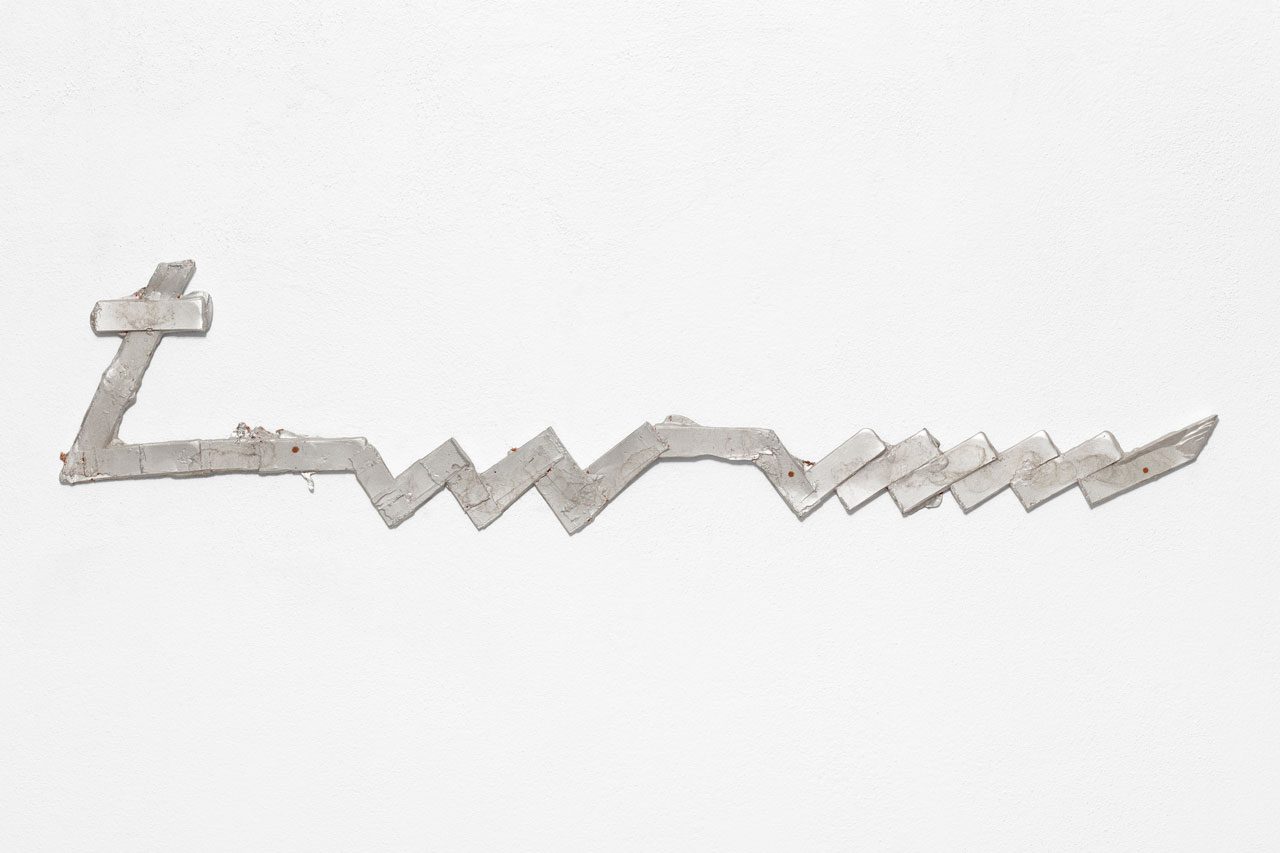ART CITIES: Zurich-Matias Faldbakken
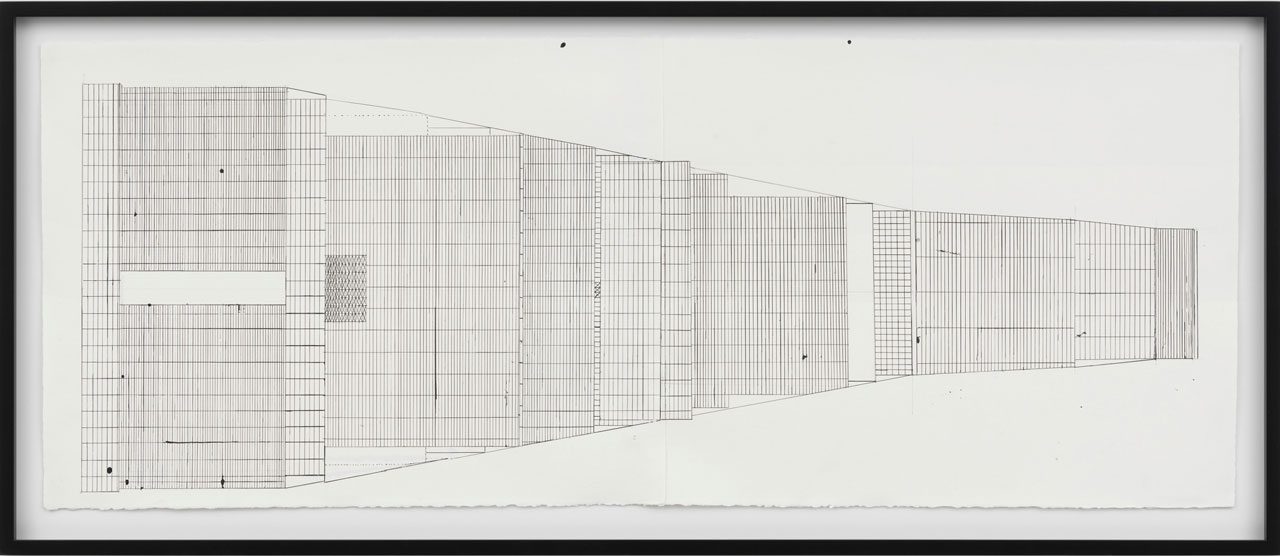 The artist Matias Faldbakken often uses industrial materials and heavy-duty objects in his works, which he then manipulates or even partially destroys. By negating the functionality of these items and placing them within an art context, Faldbakken explores the tipping-over moment in which readymade and industrialized materials become recognized as art.
The artist Matias Faldbakken often uses industrial materials and heavy-duty objects in his works, which he then manipulates or even partially destroys. By negating the functionality of these items and placing them within an art context, Faldbakken explores the tipping-over moment in which readymade and industrialized materials become recognized as art.
By Efi Michalarou
Photo: Galerie Eva Presenhuber Archive
As an artist, Matias Faldbakken came to international prominence with his disconcerting, direct, and provocative position, and as a writer, he also made a name for himself as an enfant terrible of the literary scene with his “Scandinavian Misanthropy” trilogy. His art is based on an engagement with social norms in which he approaches popular culture with gestures that combines refusal and destruction with productive forms of chaos and vandalism – a strategy embodied in “Untitled” from 2010 (with Anders Nordby): the entire exhibition space is covered with the powder from emptied fire extinguishers. All the works in Matias Faldbakken’s solo exhibition “Abstracts and Pewter Abstracts” are drawings: on paper, on canvas, and with pewter. And they are all abstract. Drawing has a strange essence. A drawing on a white sheet of pricey art paper can diminish the paper’s value; it seems easier to discard a piece of paper stained by a lousy drawing than to throw away the untouched sheet — which is straight up violent. On the other hand, a drawing doesn’t have to be done to be done. Drawing seems thin, slight, and doesn’t hold the nasty limitlessness of painting, it doesn’t go as “far. Most, if not all, drawing gravitates toward the same level of questionable. Drawing is material image-making pitted against all the other images. Let every drawing be a critique of whatever hangs next to it. Drawing embodies the potency slash impotency of images. On show is my compulsion to draw, drawn, and hisreluctance to draw, drawn. Drawing is empathic denial and the way you draw is deeply embarrassing but it’s also yours. You will never draw straight because your hand has a dialect — or is it an accent? The lofty thing about a grown man drawing and the dubious thing about a middle-aged man drawing. A man drawing — an inoperative man. Drawing might not have much to say about its trauma, the screen, but it’s still an antagonist in a screen climate. Drawing is a technology that hasn’t been updated. Charcoal on paper and ink on paper and pencil on paper has always looked like that. Radical charcoal. Beaten ink. A weakening image machine. Drawing has this troublesome, shallow, slow, scratchy, mute, warm, pale space in it that the screen doesn’t have. Drawing refuses to be fresh. Every pixel wants something from you but paper is not electric, it’s dead. Graphite is dead. Gesso ist tot. Drawing is satisfaction through the use of tools that are least controlled by others. Drawing is the original artistic impulse and the smartest and most clueless move is to go back to that. There’s an old saying among metal heads about heavy metal that I sometimes paraphrase and lend to drawing: drawing is ridiculous but we know that going in. As the artist says “When I don’t draw, I write. As long as I write, drawing belongs to the fluid universe of not-writing. Drawing: a steady, yearlong execution of something that is not writing. Text allows me to bring joy to people with my concerns, drawing allows me to snatch it back. I draw against readability. I’m an abstract artist, an abstractionist, and abstract must mean abstracted from something and here abstraction means abstracted away from story. There is no story. Abstraction means halting the monsters of narration”. Matias Faldbakken’s heterogeneous work is characterized by his cross-media praxis. His painting, sculptures, videos, and installations cultivate an attitude that subtly addresses doubts over whether any form of refusal can still exist without being immediately popularized. His art inquires into the possibilities of such a position, dealing with the definition, transformation, and interaction of the normative and the marginal: “I guess I am trying to map out the affinity between the exceptional and the normative,” he says, “or to bring out the interaction between the two.” Against this backdrop, both aggression, reduction, and quiet abstraction play central roles in Faldbakken’s artistic praxis, where his play with negation becomes a productive source for his works. Ultimately, the “no” that his works seem to chant becomes a positive, thought-provoking gesture.
Photo: Matias Faldbakken, Untitled. 2024, Pencil, ink, whiteout on paper, Sheet 57 x 146 cm / 22 1/2 x 57 1/2 in, Frame 67.5 x 156.5 x 4 cm / 26 5/8 x 61 5/8 x 1 5/8 in, © Matias Faldbakken, Courtesy the artist and Galerie Eva Presenhuber
Info: Galerie Eva Presenhuber, Waldmannstrasse 6, Zurich, Switzerland. Duration: 8/2-22/3/2025, Days & Hours: Tue-Fri 11:00-18:00, Sat 11:00-17:00, www.presenhuber.com/
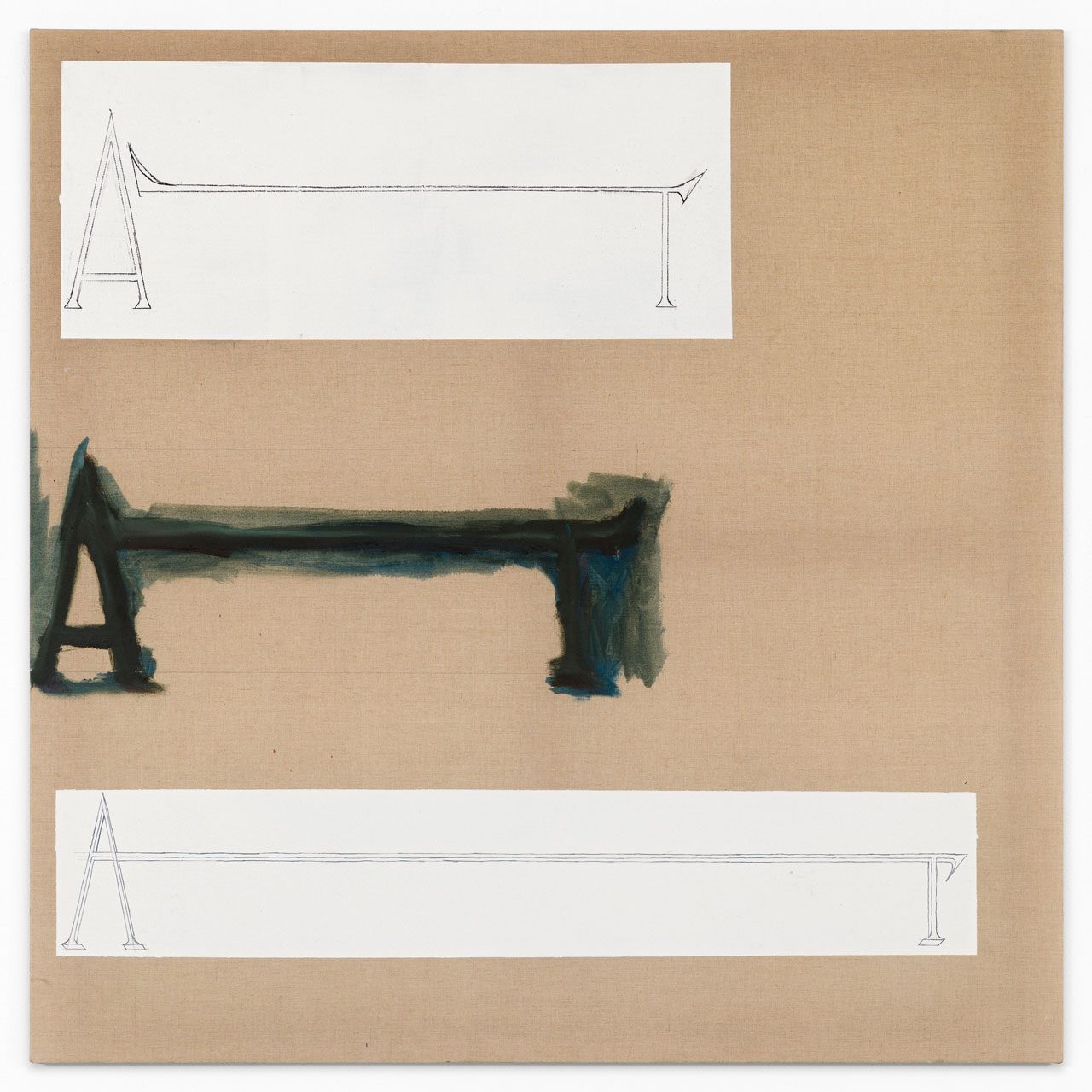
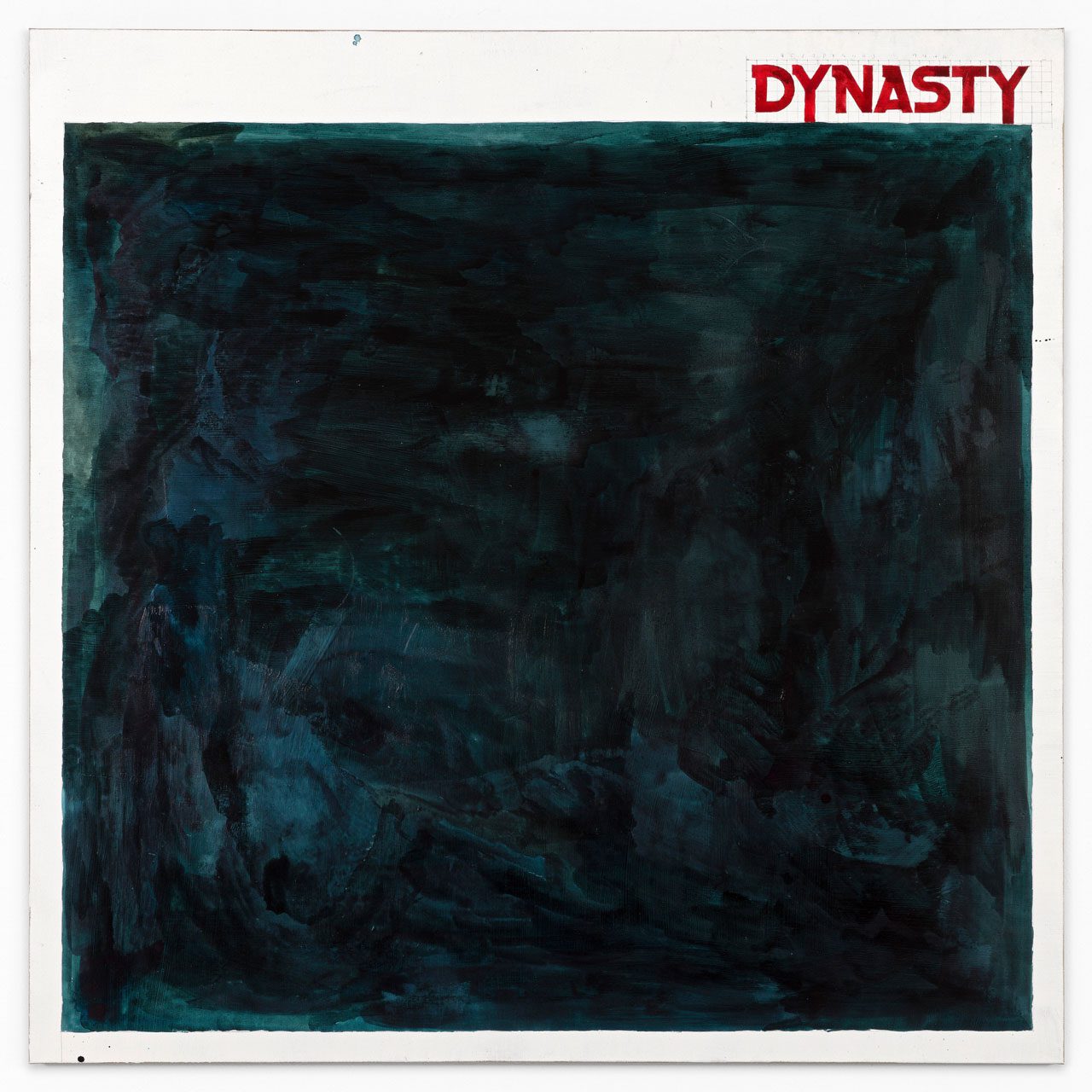
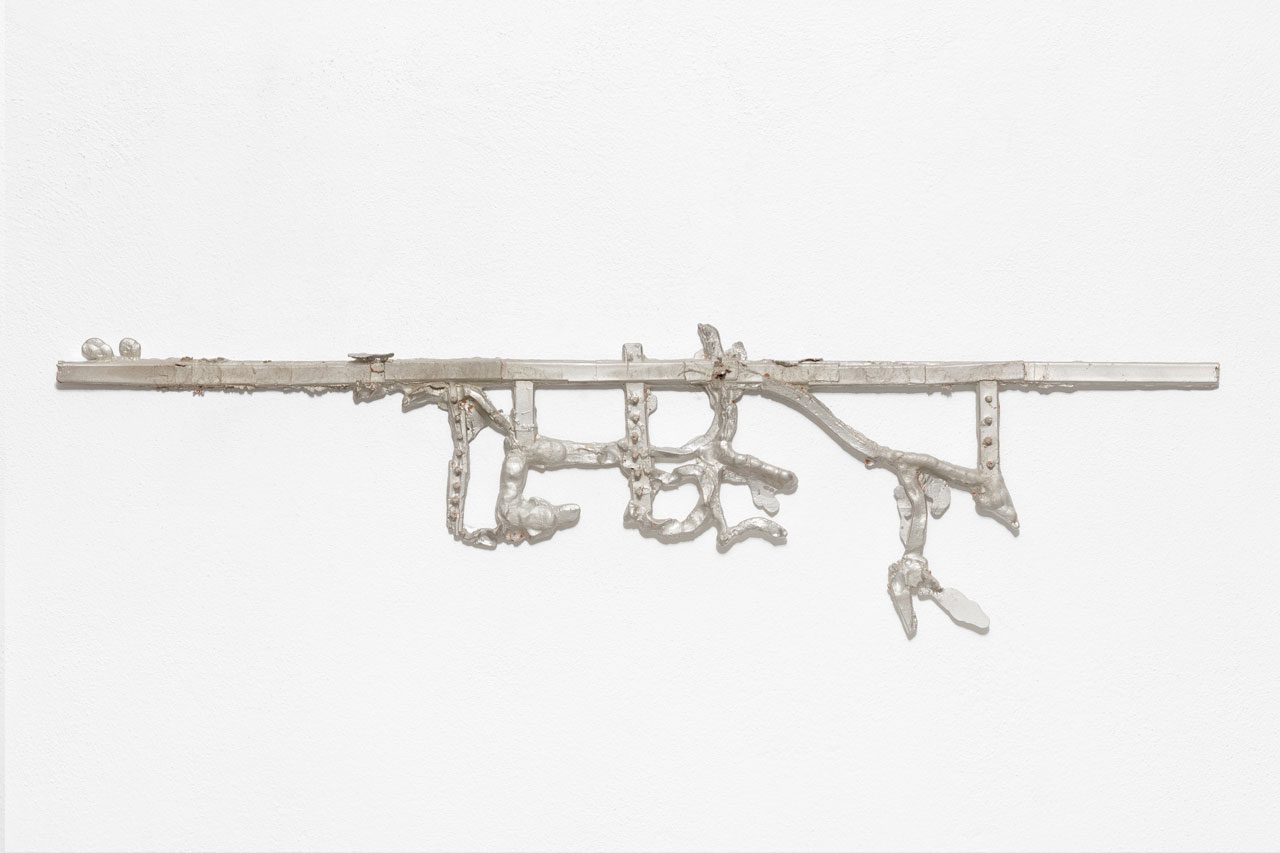
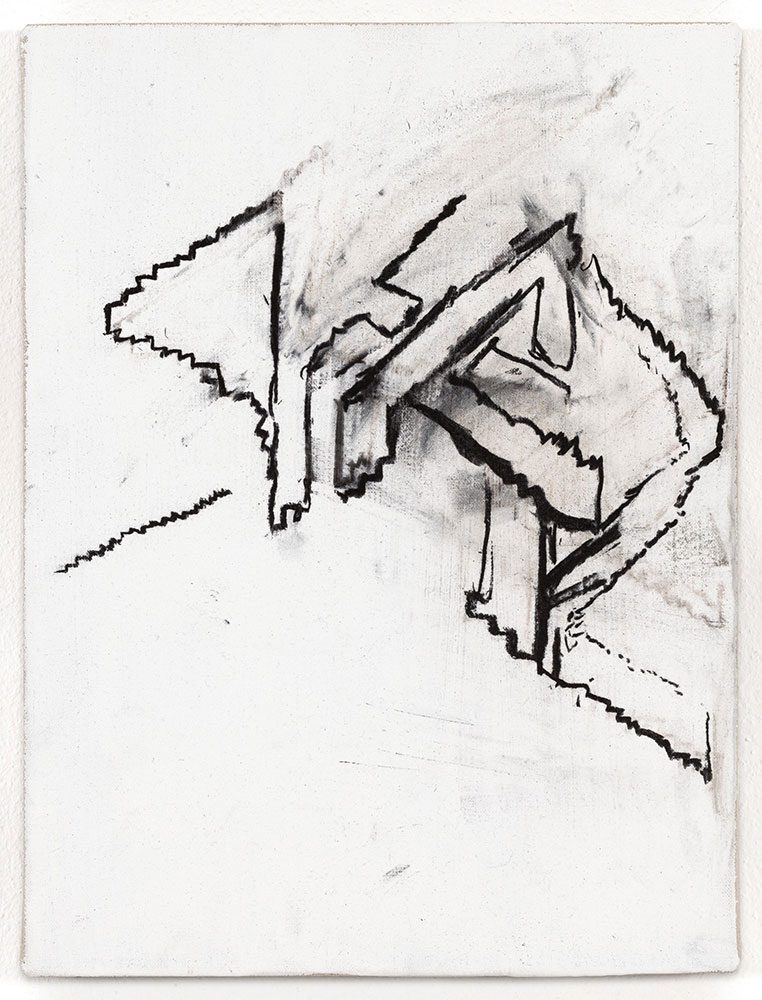
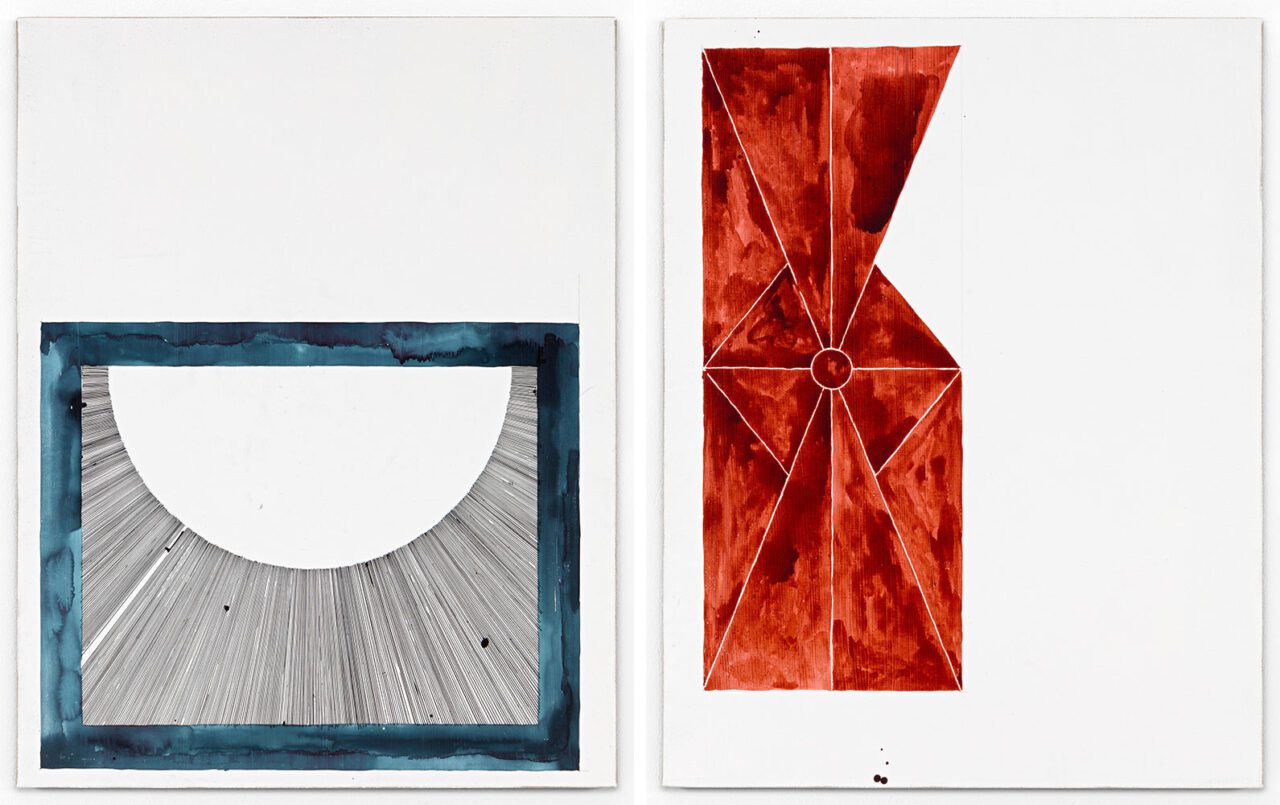
Right: Matias Faldbakken, LAS PALMAS, 2024, Pencil and ink on gesso on canvas, 90 x 70 cm / 35 3/8 x 27 1/2 in, © Matias Faldbakken, Courtesy the artist and Galerie Eva Presenhuber
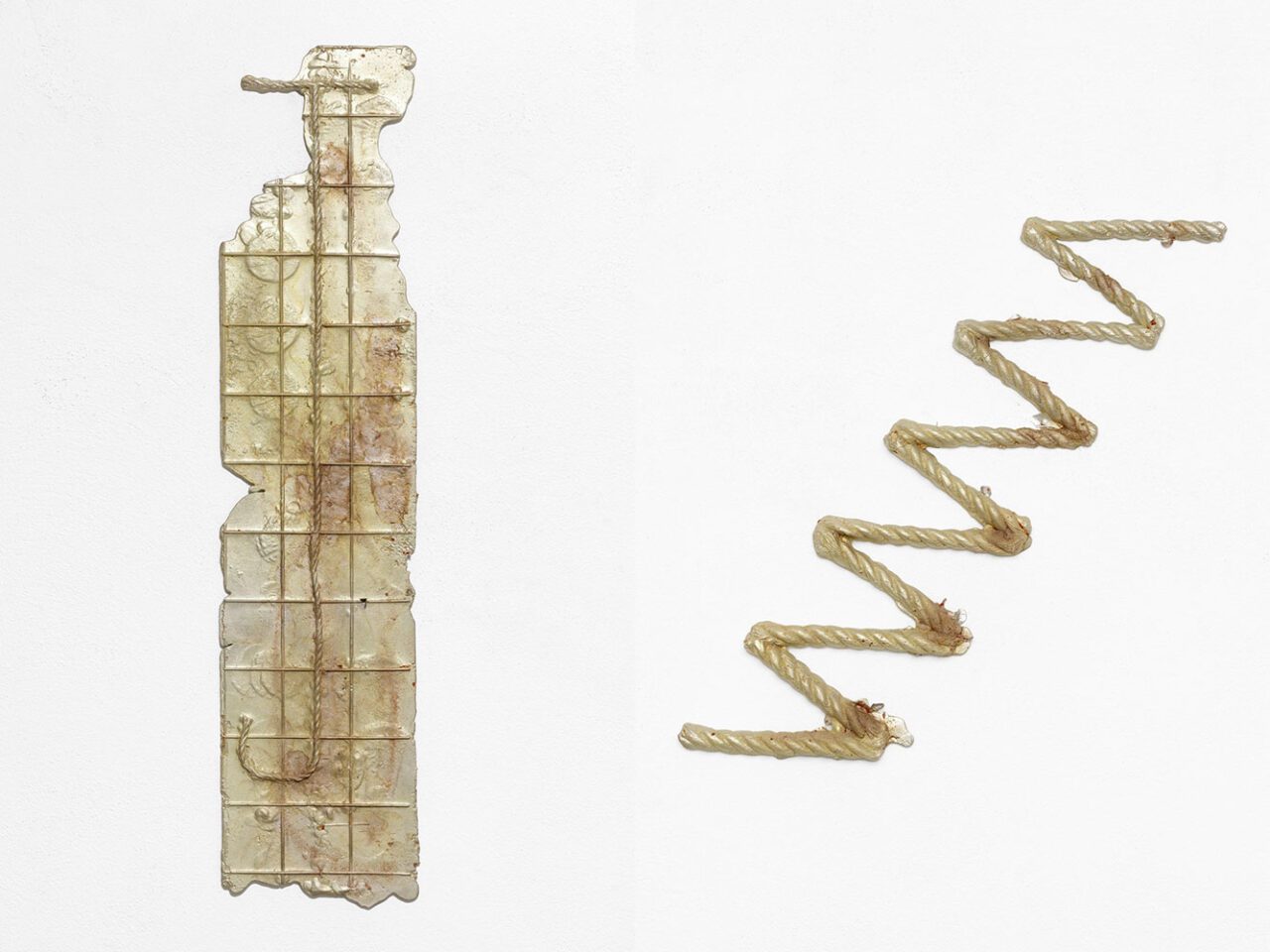
Right: Matias Faldbakken, PEWTER ESCALATION, 2025, Sand cast pewter, 63 x 60 cm / 24 3/4 x 23 5/8 in, © Matias Faldbakken, Courtesy the artist and Galerie Eva Presenhuber
